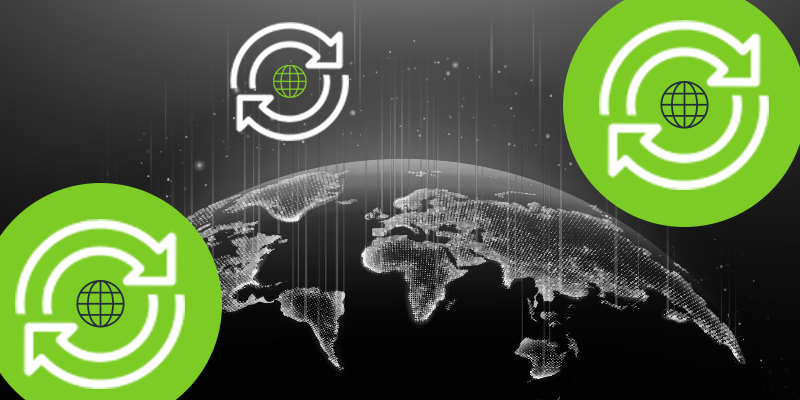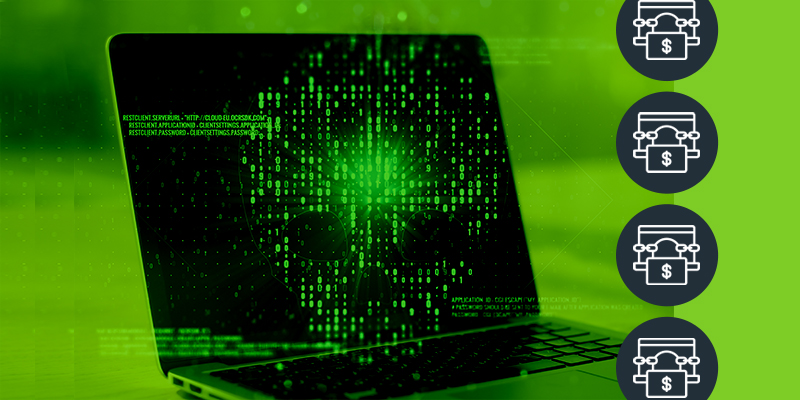The transition to a digital-first world enables us to connect, work and live in a realm where information is available at our fingertips. The children of today will be working in an environment of tomorrow that is shaped by hyperconnectivity. Operating in this environment means our present and future generations need to understand the importance of being aware of the benefits and risks of an interconnected world. Establishing a cyber resilient mindset is the first step towards navigating and thriving in this digital-first world. Cyber resilience is the continuous access to personal and business information, even in an era of unprecedented cyber threats.
This mindset is especially relevant for children, given their ongoing interaction with the online world through existing and emerging social media platforms, gaming sites and learning avenues. As the usage and reliance on technology to educate and entertain increases, so too does the risk of being exposed to threats. That’s why it’s so important for families to develop good cyber resilience habits while engaging online.
Cyber Resilience patch program
To help instill cyber awareness, the Girl Scouts of Greater Chicago and Northwest Indiana (GSGCNWI) and OpenText have collaborated to create a Cyber Resilience patch program to empower the Girl Scouts of today for leadership in a digital world tomorrow. This partnership will help raise awareness of the dangers that exist online and the importance of becoming cyber resilient.
The Cyber Resilience patch program provides Girl Scouts with the opportunity to engage in fun and educational hands-on activities that ignite awareness and create better online behaviors. The aim of the program is to educate Girl Scouts through lessons that focus on simulations of existing and emerging threats, how to safely preserve important files and memories and what to look out for when browsing online.
General tips for children and parents
Staying resilient against ongoing threats means adopting important ways of protecting our personal information.
- Password integrity: Develop a password that is difficult to predict. Use a password generator, enable two-factor authentication (2FA) as much as possible and don’t reuse passwords from multiple logins.
- Back up personal data: Your photos and videos are precious. If you don’t secure them, you may lose them. Backing up your files means having a second copy available if something happens to your laptop, tablet or phone.
- Enable a Virtual Private Network (VPN): Protect your connection and location from malicious hackers, targeted ads and others who try to spy and track your every move online.
- Invest in security awareness training: Engaging in real-world simulations will help increase your cyber know-how.
Building a better future through cyber resilience
Creating leaders of tomorrow who are empowered and cyber aware begins with establishing cyber resilience today. Families and children should be working towards a better, more agile understanding of the risks to our personal information. Protecting the photos, videos and files that matter to us is important. Keeping our personal identities safe is vital.
OpenText remains committed to not only helping organizations find value in their data but also bolstering female leadership and diversity. The partnership between OpenText and GSGCNWI will help instill the importance of developing cyber safe behaviors now and for the future.













